This entry includes a walking tour! Take the tour.
Introduction
Author-Uploaded Audio
Chief Judith Manthe offers an introduction to the cemetery and its history.
Text-to-speech Audio
In 1843, over 664 members of the Wyandot Nation traveled from the Lake Huron region and established this cemetery for those who did not survive the difficult journey. A year earlier, the tribe ceded all lands of Michigan and Ohio to the federal government in exchange for lands in Kansas. After they arrived, the survivors found that the land promised to them had already been claimed by others. The small tract of land near the river was too low to bury the 50-100 Wyandot who had died of illness, so the tribe chose this hill to bury their dead. Because of its prime real estate location, over the next century and beyond, developers and city leaders attempted to move the burials to another cemetery. Legal fights ensued, and supporters of the cemetery's preservation prevailed, but only after more than a century of effort. The initial preservation victory was largely the result of Lyda, Helena, and Ida Conley, three women of Wyondot lineage, who armed themselves to protect this land and led a legal challenge that went all the way to the Supreme Court. Thanks to their continued effort and more contemporary support, the cemetery was saved from would-be developers in the early 1900s and urban development plans in the mid-20th century. The site was added to the National Register of Historic Places in 1971. In 1988, the Wyandot Nation of Kansas and the Wyandot Nation of Oklahoma mutually agreed that the remaining cemetery must not be used for other purposes. The preservation fight continued into the 21st century, with preservationists scoring yet another victory when the cemetery became a National Historic Landmark in 2016.
Images
The Huron: Farmers of the North, Case Studies in Cultural Anthropology-Click the link below for more information about this book
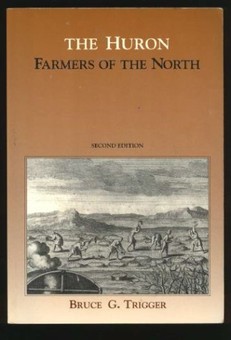


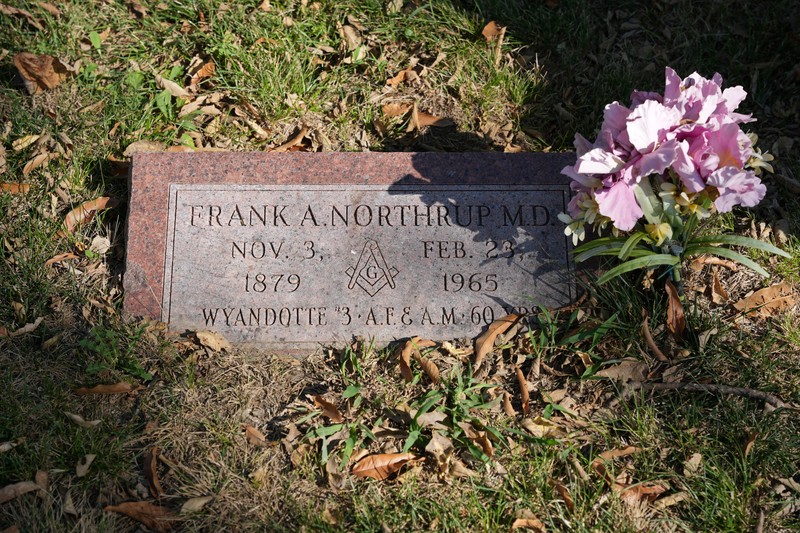
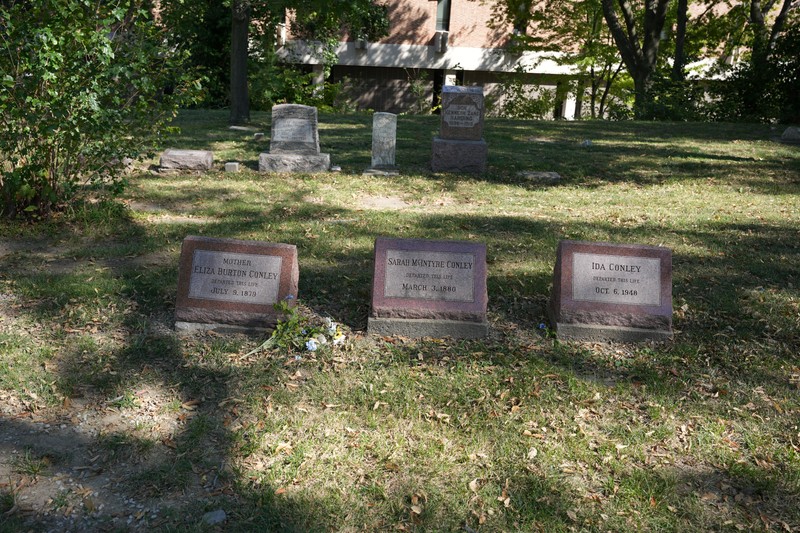

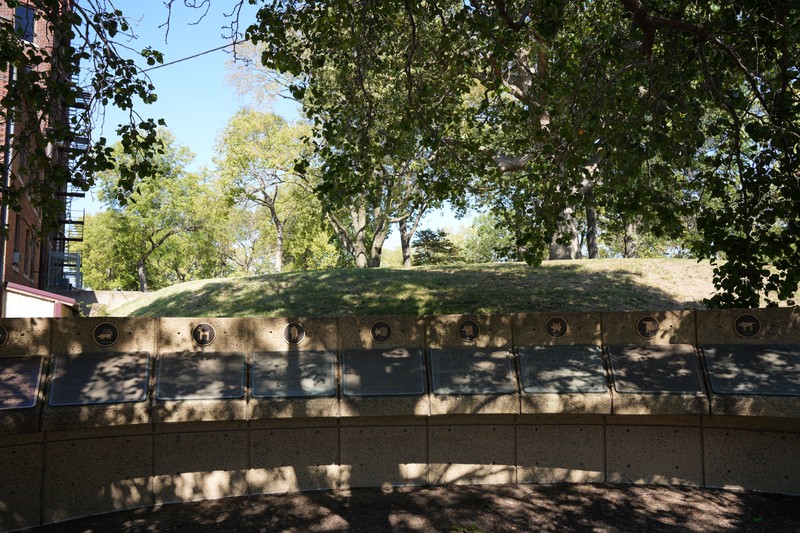
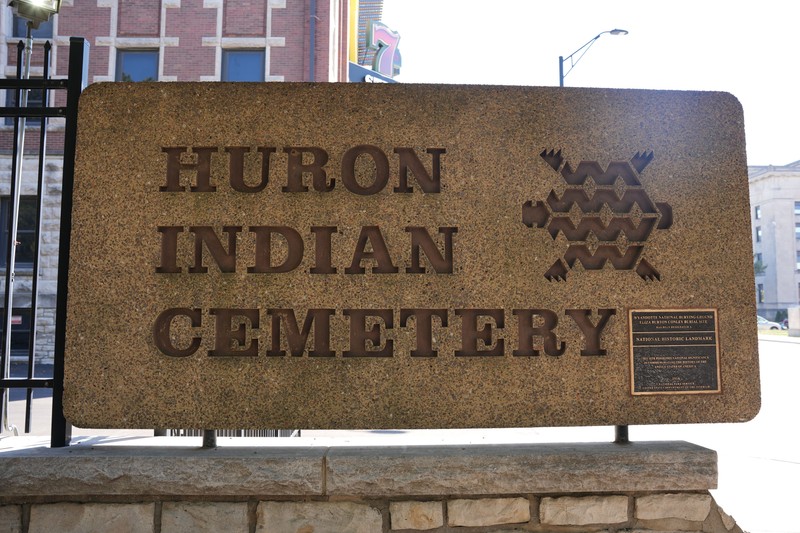


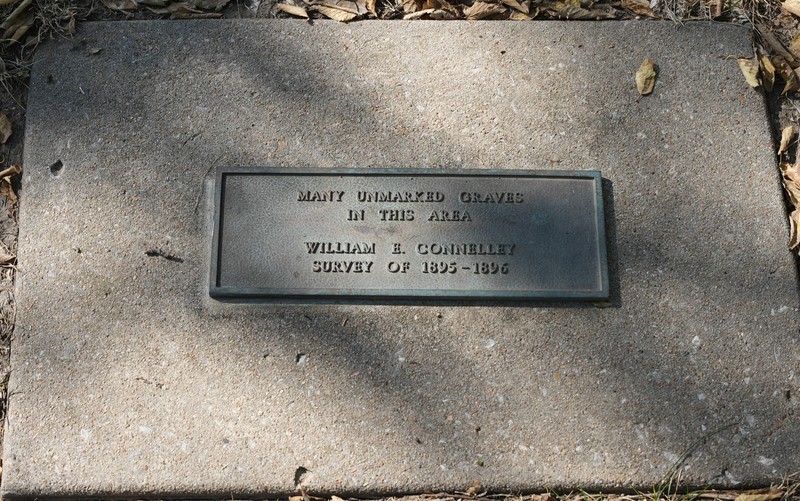
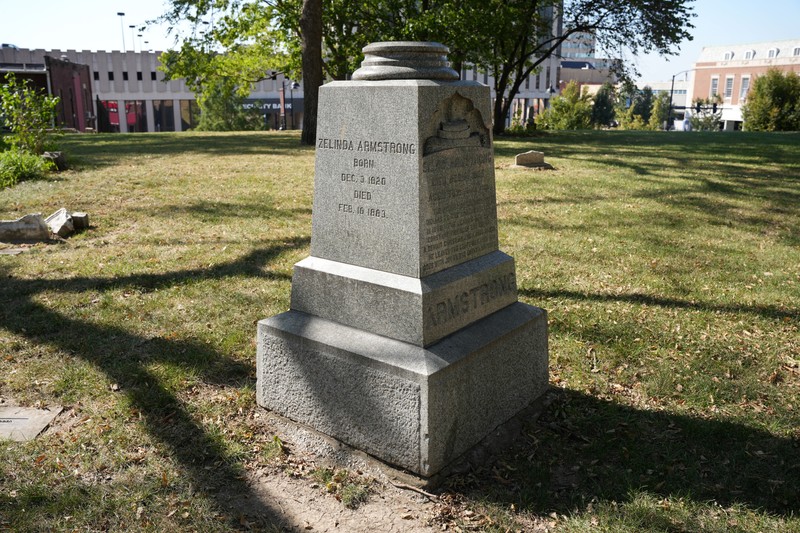
Backstory and Context
Text-to-speech Audio
In 1855, Wyandot leaders signed a treaty that included granting control of this burial ground to the tribe. In 1867, many Wyandot made the difficult decision to move once again in hopes of painting their way of life, this time relocating to Oklahoma Territory. At the time, Oklahoma Territory was a place where tribal institutions were still recognized and the federal government promised to always recognize Native sovereignty. The relocated Wyandot formed the Wyandot Nation of Oklahoma. Because they retained their tribal institutions, they believed that they also retained rights to the cemetery.
By the turn of the 20th century, the area around the cemetery had become prime real estate property. Local businessmen negotiated a deal with the Wyandot Nation of Oklahoma to buy the land. Local citizens and the Wyandot who remained in Kansas fought this sale and future attempts in court. In the early 1900s, this conflict reached all the way to the Supreme Court. Three sisters of partial Wyandot lineage took up the fight. They also made the decision to live at the cemetery in a small shelter, wielding shotguns and demonstrating their resolve to use their weapons against any who would trespass on the cemetery. They maintained this resistance for two years, an action that proved vital to preventing the sale and commercial development of the cemetery. In 1909, one of the sisters, Lyda Conley, argued her case in the Supreme Court. Although the court did not support her case, she became the first Native American woman to argue a case at the nation's highest court.
When the members of the Wyandot agreed to termination in the 1950s, a process by which Native American tribes were compensated for agreeing to end their claims and forfeit their recognition of tribal sovereignty, the cemetery was set to be sold by the federal government. However, Native people organized the Wyandot Nation of Kansas, an action that greatly aided the continuing effort to preserve the cemetery. The cemetery's addition to the National Register was controversial, but preservationists and historians persisted, and the site was declared a National Landmark in 2016.
Sources
Carras, John. "Wyandotte/Wyandot peace pact signed." Kansas City Kansan. July 15, 1998. http://www.wyandot.org/agreement.htm.
Pankratz, Richard. "Huron Cemetery." National Park Service - National Register of Historic Places Nomination Form. September 3, 1971. http://www.kshs.org/resource/national_register/nominationsNRDB/Wyandotte_HuronCemeteryNR.pdf.
Stokes, Keith. "Huron Indian Cemetery." Kansas Travel. Accessed May 12, 2017. http://www.kansastravel.org/kansascitykansas/huronindiancemetery.htm.
Kara Evans Flinn. Lyda Conley: Wyandot Guardian and Lawyer, Kansas City Public Library. April 5th 2018. Accessed February 5th 2022. https://kchistory.org/blog/lyda-conley-wyandot-guardian-and-lawyer.
Photo by David Trowbridge
Photo by David Trowbridge
Photo by David Trowbridge
Photo by David Trowbridge
Photo by David Trowbridge
Photo by David Trowbridge
Photo by David Trowbridge
Photo by David Trowbridge
Photo by David Trowbridge
Photo by David Trowbridge
Photo by David Trowbridge
